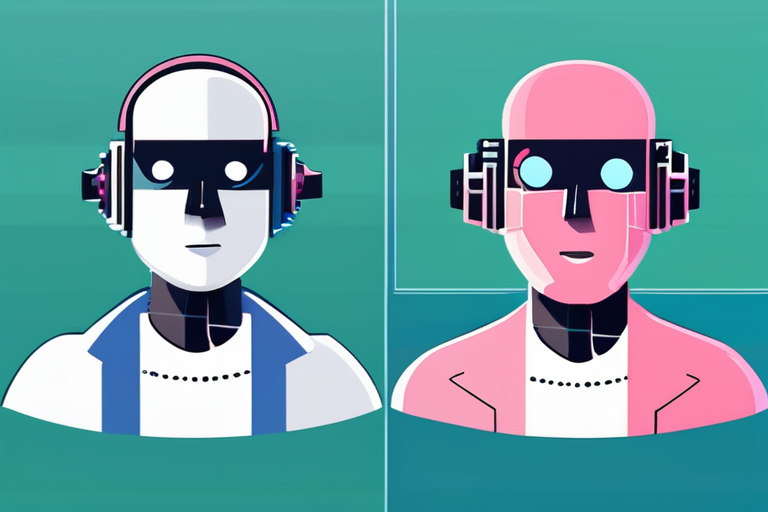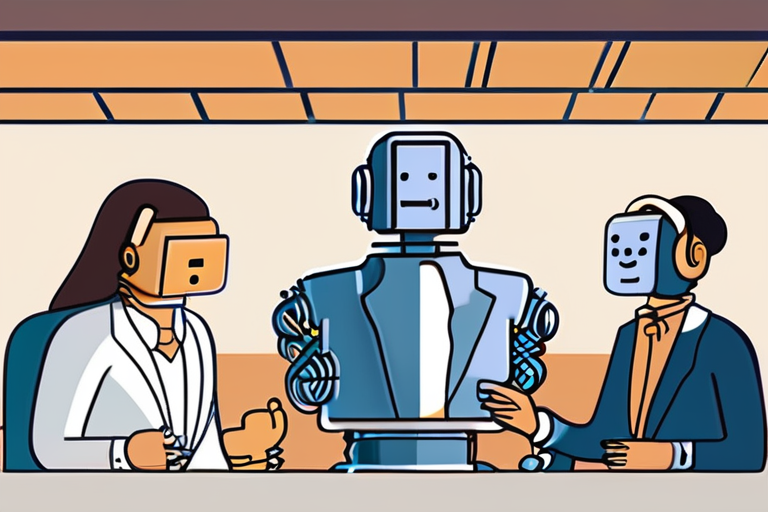Chatbots Perform Better When Spoken to Like a Boss: Study Reveals Formal Language Yields More Accurate Responses


Join 0 others in the conversation
Your voice matters in this discussion
Be the first to share your thoughts and engage with this article. Your perspective matters!
Discover articles from our community

 Hoppi
Hoppi

 Hoppi
Hoppi

 Hoppi
Hoppi

 Hoppi
Hoppi

 Hoppi
Hoppi

 Hoppi
Hoppi

Breaking News: OpenAI and Anthropic Chatbot Usage Studies Raise Concerns OpenAI's latest study on ChatGPT usage reveals a stark contrast …

Hoppi

ChatGPT Dominates AI Chatbot Market, But for How Long? According to recent data from Comscore, OneLittleWeb, Statcounter, and TechGaged, OpenAI's …

Hoppi

AI Chatbots Struggle to Understand Persian Social Etiquette A recent study has revealed that mainstream AI language models struggle to …

Hoppi

AI Chatbots Struggle to Understand Persian Social Etiquette A recent study has revealed that mainstream AI language models struggle to …

Hoppi

AI Chatbots Struggle to Understand Persian Social Etiquette A recent study has revealed that mainstream AI language models are failing …

Hoppi

Unintentional AI Relationships: A Growing Concern A recent study by researchers at the Massachusetts Institute of Technology (MIT) has shed …

Hoppi